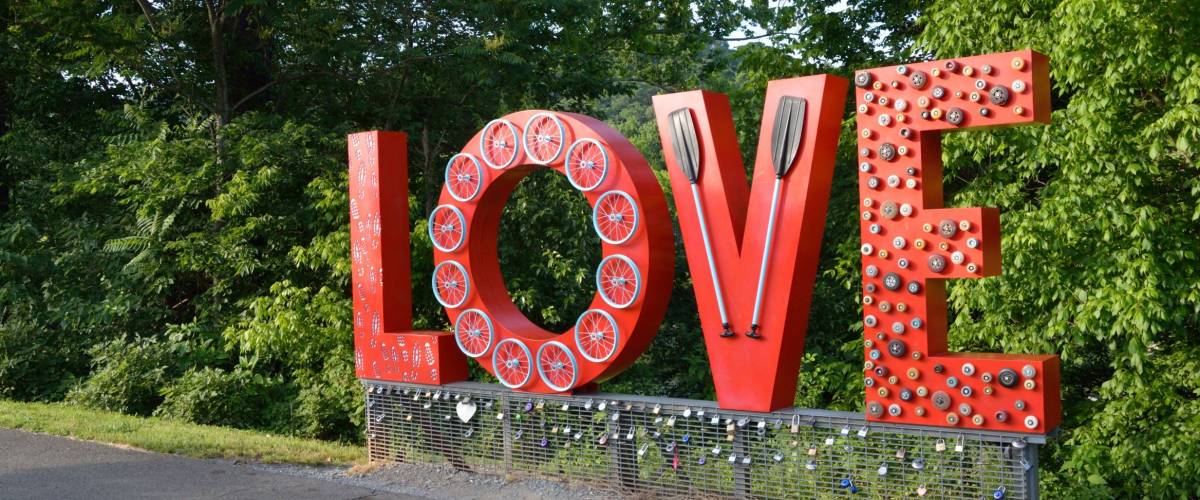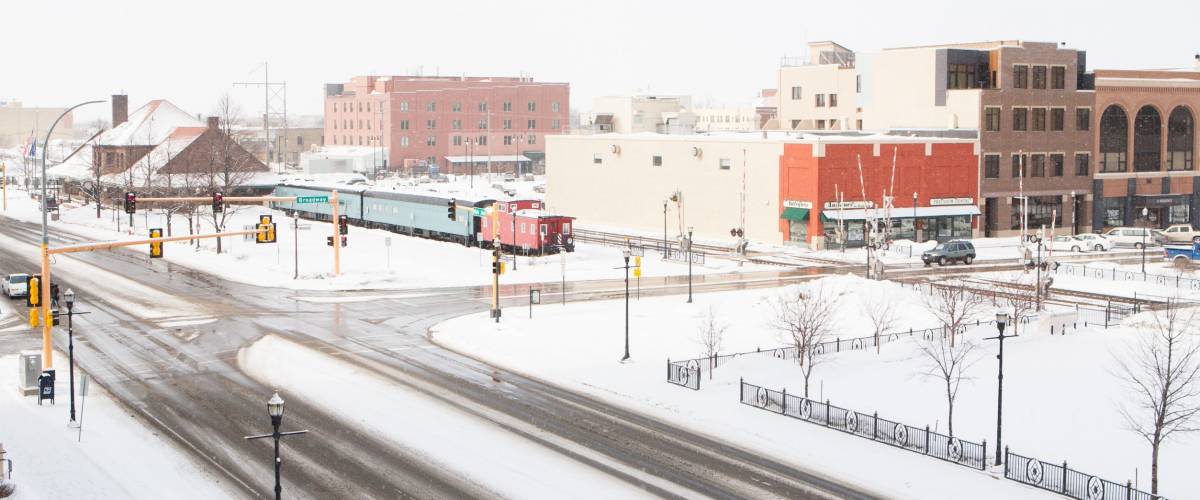10. Maryland

Maryland taxpayers have a right to be crabby.
In Maryland, they sell souvenir T-shirts that say "Don't bother me, I'm crabby." It's a joke about the state's famous and delicious crustaceans — but it might also sum up how residents feel about their taxes.
The average Marylander shells out (pun intended) $6,343 a year in taxes, while government spending on services, infrastructure, education and public safety equals $7,431 per person.
That gives the state's taxpayers a return on their investment of just 1.43%.
Invest in real estate without the headache of being a landlord
Imagine owning a portfolio of thousands of well-managed single family rentals or a collection of cutting-edge industrial warehouses. You can now gain access to a $1B portfolio of income-producing real estate assets designed to deliver long-term growth from the comforts of your couch.
The best part? You don’t have to be a millionaire and can start investing in minutes.
Learn More9. Colorado

Rocky Mountain high? Not when it comes to the value of taxes paid in the state.
In a land of legal weed, the old song title "Rocky Mountain High" is now a punch line. But people in Colorado would never joke about getting "high" value for their tax dollars.
State residents pay an average $4,790 each year in taxes and get back $5,845 per person in government spending on roads and bridges, schools, police and other services.
That makes for a return on investment per taxpayer of only 1.40%.
8. New Jersey

Given the taxes, why do these New Jerseyans seem so happy?
People in New Jersey will tell you that they don't get enough respect. But what they do get is taxed. There are tons of taxes — though relatively little to show for them.
Garden State residents annually hand over an average $6,549 in taxes. They receive $7,552 per person in government spending on trains and other infrastructure, education, public safety and the rest.
That means each taxpayer gets a return on investment of just 1.39%.
The richest 1% use an advisor. Do you?
Wealthy people know that having money is not the same as being good with money. WiserAdvisor can help you shape your financial future and connect with expert guidance . A trusted advisor helps you make smart choices about investments, retirement savings, and tax planning.
Try Now7. Indiana

Hoosier Daddy? And what does he think of the taxes he's paying?
People in Indiana are called Hoosiers. Taxes in the state are called a very poor value.
Indiana taxpayers take an average $4,099 hit each year. In exchange, they get $4,775 per person from government spending on roads and bridges, education (including Indiana University), police and other services.
That works out to a return on investment for the state's residents of a mere 1.34%.
6. Virginia

Virginians probably feel a different emotion where taxes are concerned.
Virginia may be for lovers, but for taxpayers? Not so much, according to the RewardExpert study.
The average Virginian faces a tax bill of $4,822 per year and gets back $5,548 in government spending on services, infrastructure, schools and public safety.
That makes for a measly return on investment per taxpayer of only 1.10%.
5. New Hampshire

Taxes in New Hampshire blow -- like the winds atop Mount Washington.
The Granite State has no personal income tax, no state sales tax and no inheritance or state tax. But taxes still blow — like the high winds atop Mount Washington. The state has high property tax rates, plus taxes on interest and dividends.
New Hampshire taxpayers each pay an average $4,725 a year, while government spending on highways, schools, public safety and other services comes out to $5,470 per person.
That gives the state's residents a return on their investment of just 1.06%.
4. Nevada

Nevada taxpayers hardly feel like winners.
Odds are that your tax dollars won't go very far in the state that's home to Las Vegas and other gambling meccas.
Though Nevada also has no state income tax, residents annually pay taxes averaging $5,059 — and they receive just $5,260 each in government spending on education, infrastructure, police and the other things that matter.
The math works out to a return on investment for Nevada taxpayers of just a crummy 0.38%.
3. Connecticut

Unlike the autumn leaves at the state Capitol, Connecticut taxes aren't pretty.
Connecticut is a small, expensive state with big tax bills, and residents pretty much get what they pay for — nothing more.
People living in this corner of New England that dips into the New York City suburbs pay an average $7,732 per year in taxes while benefiting from government services and other public spending to the tune of just $7,861 each.
That gives Connecticut taxpayers a return on their investment of a teensy 0.20%.
2. North Dakota

Winters are bleak in North Dakota -- and so are the taxes.
Quick, which state is the one where taxes bite hardest? New York? California? Nope — North Dakota has the worst tax burdens of any state, and behind only the District of Columbia.
Residents pay taxes averaging an astounding $9,465 per person. Each receives nearly the same amount — $9,532 — in spending on highways, police services, education and the rest.
The return on investment for North Dakota taxpayers is a microscopic 0.11%.
1. Hawaii

You may need more than a few Mai Tais to cope with the taxes in Hawaii.
Ah, the beaches! The luaus! The hula dancers! But the 50th state is no paradise when it comes to taxes. In fact, Hawaii is the only state where people pay more in taxes than they get back, in terms of state and local government spending.
Hawaiian taxpayers say aloha (in this case, meaning "goodbye") to an average $6,942 a year. But spending on infrastructure, schools and services comes out to $6,826 per person.
That makes for a losing return on investment of -0.16%.
The richest 1% use an advisor. Do you?
Wealthy people know that having money is not the same as being good with money. Advisor.com can help you shape your financial future and connect with expert guidance . A trusted advisor helps you make smart choices about investments, retirement savings, and tax planning.
Try it now









